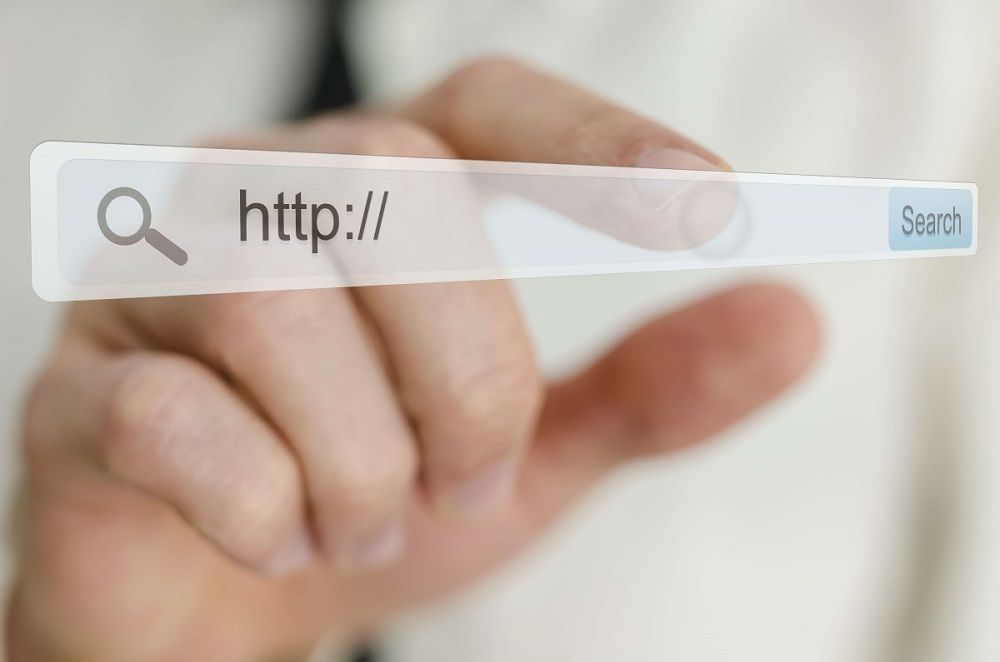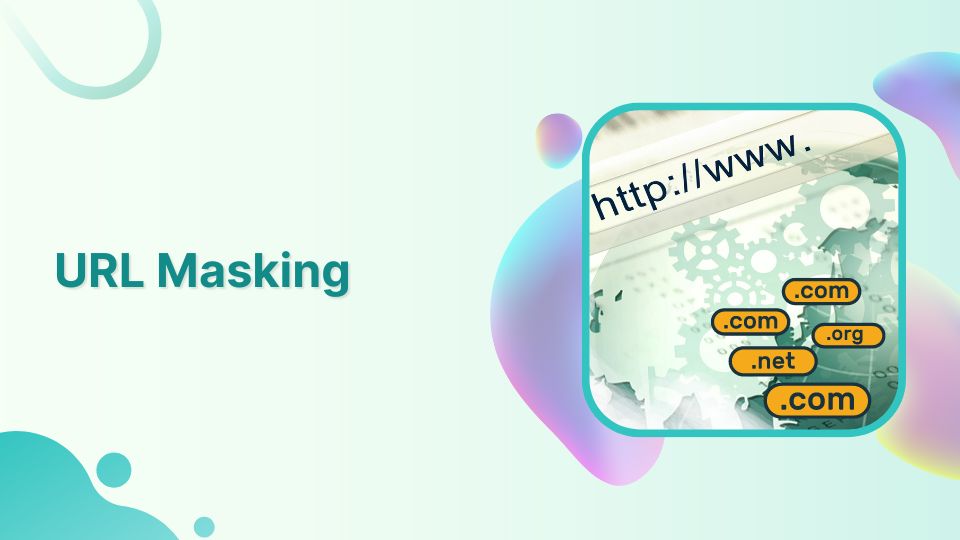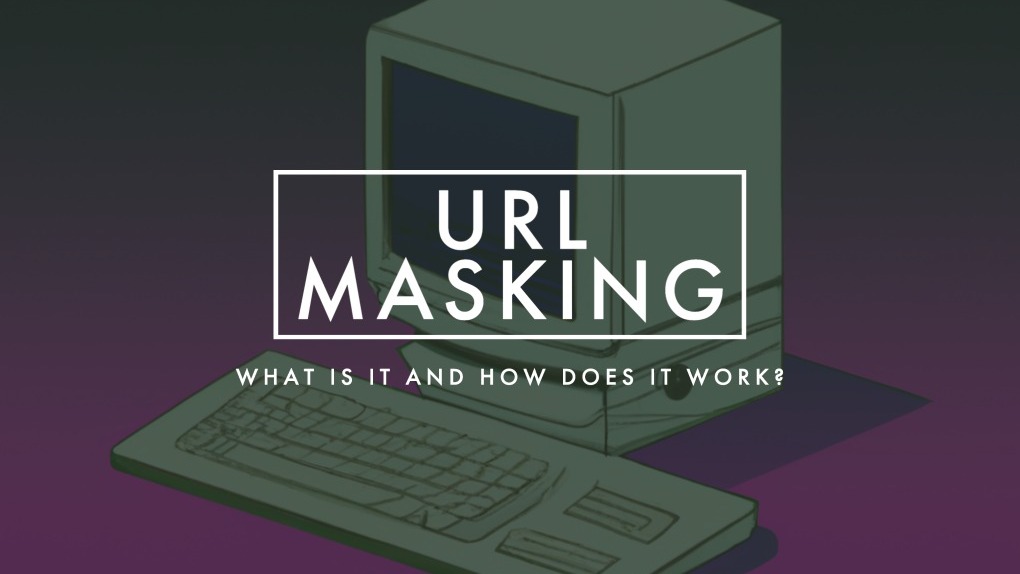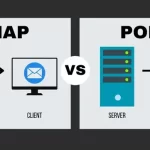Table of Contents
What is Domain Masking

Domain masking, also known as URL masking or domain cloaking, is a technique used to redirect visitors from a domain or subdomain to another website, while keeping the original domain or subdomain in the URL bar. The main purpose of domain masking is to make a website appear to be hosted on a different domain, without changing the underlying website’s URL.
For instance, if your brand or company owns the domain “example.com” and wants to redirect visitors to the main website, which is located at “webhostingcochin.co.in”, they can set up a redirect on the server for “example.com” to “webhostingcochin.co.in”.
When a visitor types in “example.com” in their browser, they will be redirected to “webhostingcochin.co.in”, but the URL in the browser will still show “example.com”. This way, if someone creates a phishing website using your brand’s name, visitors will be directed to your legitimate website instead.
Different types of URL masking
There are different techniques that are used to mask a URL. Here’s a brief overview of some of the most popular ones:
1. Domain masking
With domain masking, a domain or subdomain redirects users to a different URL. This is the most common type of URL masking and is used to make long URLs shorter, more memorable, or just to hide the true URL.
2. Frame masking
This type of masking puts the content of one webpage inside an HTML frame on another website. So, as a user, the address in your browser stays the same. However, the content comes from a different website.
3. Javascript redirect
This form of URL masking uses the Javascript function. It takes users to a different website address when they click on a link.
4. Meta refresh
Imagine reading a book, and suddenly, a page turns by itself and takes you to a different part of the book. This is what a meta refresh does. You open a webpage, and after a certain time, it automatically refreshes (using an HTML meta element) and takes you to a new page.
Why Domain Masking

1. Protect your brand’s reputation
One of the main reasons why people use domain masking is to protect their brand digitally. For example, if a company owns several different domain names, they may want to redirect visitors who type in one of the unused domain names to their main website. This can prevent confusion and ensure that visitors always land on the correct website.
Additionally, it can also be used to hide affiliate links, so that they do not appear to be affiliate links, but instead appear to be part of the website’s main domain.
2. Protecting Privacy
The next use case of domain masking is to protect the privacy of the website owner. Some website owners may not want to reveal their personal or business information on the WHOIS record of their domain name, as it can be accessed by anyone. By using domain masking, the personal or business information is hidden and replaced with the information of the domain masking service provider. This can protect the privacy of the website owner and prevent unwanted contact or spam.
3. Domain Parking
Another use of domain masking is for domain parking. Domain parking is when a domain name is registered, but no website is built on it yet. Instead, the domain is pointed to a “parking page” which may show ads and links related to the domain name. This can be a way for the domain name owner to make some income, as visitors may click on the ads and links on the parking page. By using domain masking, the parking page can be made to appear as if it is part of the domain name, rather than a separate page.
How does Domain Masking work?

This can be done using a redirect in the website’s server or by using an iframe.
Redirects
This is done by configuring the server to redirect all requests for a specific domain or subdomain to another website. For example, a company can redirect visitors from “example.com” to their main website “mainwebsite.com” while keeping the URL as “example.com”
Iframes
Another method to implement domain masking is through the use of an iframe, an HTML element that allows a website to embed another website within its own webpage, while keeping the original domain or subdomain in the URL bar. This method is commonly used by domain parking providers to show ads and links related to the parked domain.
Domain Name Registrar
In most cases, you can use domain masking by contacting your domain registrar and requesting for domain masking. They will provide you with the necessary steps to set it up and point your domain to the desired web page.
What company/ organization needs a Domain Masking?
There are a variety of companies and organizations that may need to use domain masking. Some examples include:
- E-Commerce companies may want to use domain masking to redirect customers to a specific landing page or product page, while keeping the original domain or subdomain in the URL bar.
- Banks & other Financial institutions may want to use domain masking to protect their customers from phishing scams and ensure that they are always directed to the institution’s legitimate website.
- Non-profit organizations (NPO) may want to use domain masking to redirect visitors to a specific campaign or donation page, while keeping the original domain or subdomain in the URL bar.
- Government agencies may use domain masking to protect citizens from phishing scams and ensure that they are always directed to the agency’s legitimate website.
- Educational institutions may want to use domain masking to redirect students and faculty to specific portals or resources, while keeping the original domain or subdomain in the URL bar.
- Marketing agencies may want to use domain masking to redirect visitors to a specific landing page or campaign, while keeping the original domain or subdomain in the URL bar.
- IT companies may want to use domain masking to redirect visitors to specific services or resources, while keeping the original domain or subdomain in the URL bar.
Pros of URL Masking

URL masking, when used appropriately, can offer several advantages:
- Branding and User Experience:
- URL masking allows organizations to use custom, branded URLs that reflect their brand identity. This can enhance the overall user experience and make the URLs more memorable and user-friendly.
- Promotion and Marketing:
- In marketing and promotional campaigns, especially in affiliate marketing, URL masking helps create cleaner and more aesthetically pleasing links. Shortened and branded URLs can be more appealing to users, potentially increasing click-through rates.
- Link Shortening:
- Long and complex URLs can be difficult to share, remember, or type. URL masking allows users to create shorter and more manageable URLs, making it easier to share on social media, in print materials, or verbally.
- Improved Credibility:
- In certain situations, such as affiliate marketing, using URL masking can enhance the credibility of the link. Branded URLs may appear more trustworthy to users than lengthy and obscure affiliate links.
- Consistent URLs Across Platforms:
- Companies may use URL masking to ensure consistent branding across various platforms. Regardless of the actual underlying URLs, users see a unified and consistent URL when interacting with the content.
- Preventing Link Tampering:
- URL masking can help prevent users from tampering with parameters in the URL. By presenting a masked URL, users are less likely to modify the address and inadvertently break the intended functionality.
Cons of URL masking
While URL masking can have its advantages, there are also potential drawbacks and cons associated with its use. Here are some of the cons of URL masking:
- Search Engine Optimization (SEO) Impact:
- Search engines may not index masked URLs as effectively as direct URLs. This can result in a negative impact on SEO, as search engines might have difficulty understanding and ranking the content associated with the masked URL.
- Trust Issues:
- Masking URLs can lead to trust issues among users. If users are unable to see the actual destination URL, they may become suspicious or hesitant to click on the link, particularly if they are unsure of the source.
- Misuse for Phishing:
- Malicious actors can exploit URL masking for phishing attacks. By masking the destination URL, they can deceive users into clicking on links that lead to fraudulent or malicious websites designed to steal sensitive information.
- Technical Limitations:
- Some methods of URL masking, such as frames, can have technical limitations. For example, framed content may not be as accessible to search engines, screen readers, or certain browsers, potentially affecting the overall user experience.
- Browser Compatibility Issues:
- URL masking may not work consistently across all browsers. Some browsers may handle masked URLs differently, leading to inconsistencies in the user experience.
- Mobile Device Challenges:
- On mobile devices, URL masking may not always function as expected. Users may encounter difficulties in navigating or interacting with the masked URLs, affecting the overall mobile user experience.
- Analytics and Tracking Challenges:
- URL masking can complicate analytics and tracking efforts. Tracking user interactions, clicks, and other metrics may be more challenging when using masked URLs, potentially impacting the effectiveness of marketing campaigns.
- Dependency on Third-Party Services:
- Some methods of URL masking may rely on third-party services or technologies. Depending on these external services introduces a dependency, and if they experience downtime or disruptions, it can affect the accessibility of the masked URLs.



